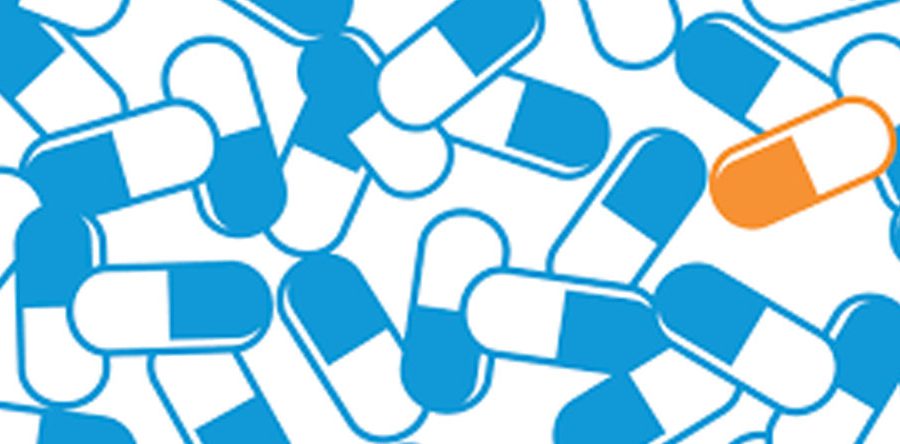Orphan Drugs in Third world countries:
Millions of people in Third World countries do not have access to the health care, drugs and vaccines available in developed countries. 10 million children less than 5 years old die each year of infectious diseases for which treatments exist in developing countries. 3 million children die each year because they have not been immunised. 150 million women would like to wait longer between two pregnancies or limit them, but they do not have access contraception. The spread of the AIDS epidemic only widens the health gap between poor countries and developed countries.
Acute diarrhoea, tuberculosis and respiratory infections have caused terrible losses in developing countries, although drugs to treat these diseases do exist. The obvious link between these diseases and the poverty which allows their development points the finger of blame at the cost of treatment, which is to expensive for the patient, and hence at the phamatical industry.
Reality appears to be more complex : access to healthcare does not only cover the prices of drugs but also the health equipment, the training of the medical team (nurses, doctors, pharmacists) and the education level which enables the population to understand the hygiene rules or the importance of a treatment.
The pharmaceutical industry, aware of its role, is increasing its initiatives in this direction : free availability of drugs, research programmes targetted at the Third World… Today, there are no longer isolated initiatives. All the keys players, whether governemental, intergovernemental or private, have realised the necessity of concerted action and of their involvement in projects aimed at impoving access to healthcare for poorest.
Products that have not been developed:
- either because they are derived from a research process that cannot be patented
- or because they concern important markets which are, however, not creditworthy
Patients affected by rare diseases have to be informed about scientific and therapeutic progress. They have the same rights to care as any other patient. In order to stimulate research and development in the sector of orphan drugs, the authorities have implemented incentives for health and biotechnology industries. It started as early as 1983 in the United States with the adoption of the Orphan Drug Act, then in Japan and in Australia in 1993 and 1997. Europe followed in 1999 by implementing a common EU policy on orphan drugs.
The European Orphan Drug Regulation
Efforts have been jointly made at national and European levels by industry and health authorities (EMEA – European Medicines Evaluation Agency), in order to offer the incentives required to stimulate the development of orphan drugs. The goal was to rapidly make available, for rare diseases, drugs with a level of quality equivalent to that required for any other drug.
A policy was implemented much later in Europe than in the USA. The reason lies mainly in the fact that its territory is split-up and its competencies as regard to health are scattered. Since 1 January 1995, with the new system of EU marketing authorisation that is valid for the whole territory and the free circulation that goes with it, Europe can be considered now as a territory with a population of about 377 million inhabitants, that is a population greater than that of the United States where a common regulation is enforced.









